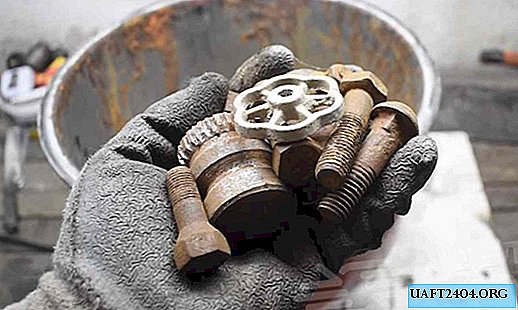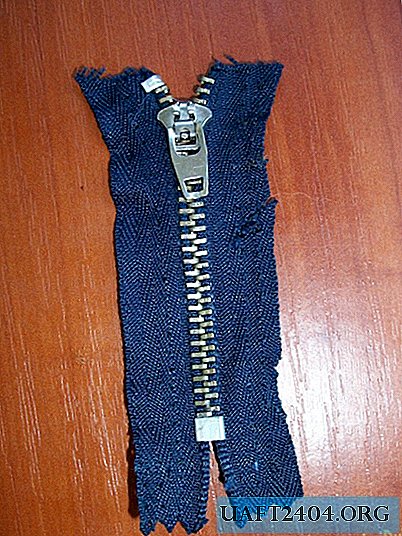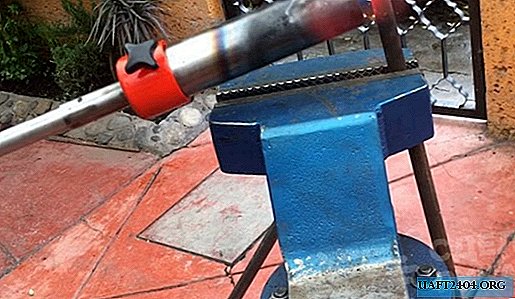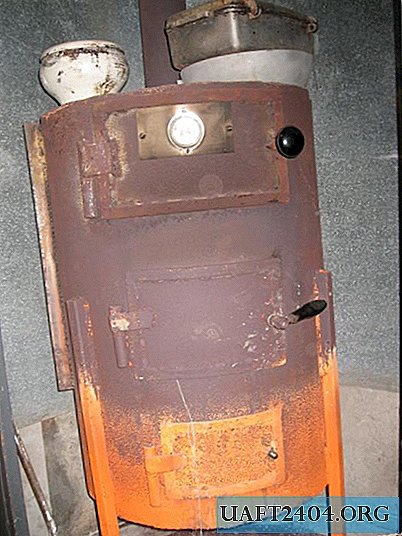Share
Pin
Tweet
Send
Share
Send
Of course, we are not talking about a simple abrasive bar, and not even about emery. Everyone knows this, and explaining how to use such a tool is not worth it. But an angle grinder with special abrasive disks may interest craftsmen who are anxious about the state of their inventory.
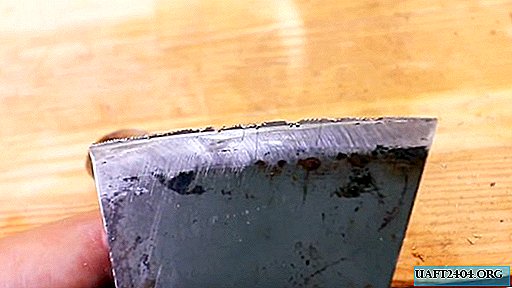
Of course, the method of sharpening a cutting-piercing tool with a angle grinder or grinder is far from new. But the effect of the work of these discs is interesting. For the purity of the experiment, we will try to chop metal objects with an ax, for example, an unnecessary file. Of course, the blade of most of the axes is not designed for metal cutting. It will be more interesting to do this after we sharpen it.
DIY sharpening an ax blade
So, we got deep nicks and even dents on the blade that not every emery can straighten out. In such cases, the axes are called "killed", and are attributed to less responsible work, as an obsolete tool.

We fill the mounting nozzle for the disks into the collet chuck of the angle grinder and try to process the blade with a coarse-grained disc.

The effect is noticeable immediately after several minutes of treatment. Another detail is noteworthy - due to the fibrous structure of the working surface, such disks are able to remove heat and practically do not heat the surface, unlike ordinary abrasive ones.

By choosing the basic irregularities on the blade, you can replace the disk with a smaller grain. The basic sharpening is finished on this, we will continue it on the abrasive bar.

The grain size of such grinding bars is supposed to be from 300 - 3000. We need close to the finish value. Pour on it a couple of drops of solvent or kerosene, which contain an admixture of oil, and begin to rub it with an ax blade in circular motions.


In this case, it is necessary to control the slope, and the uniformity of the chamfer across the entire width of the working surface. We perform this procedure, alternately changing the sides of the blade.
After the metal surface is completely free from scratches, nicks and other defects, only the finest burr formed by the abrasive grain will remain on the edge of the blade. A strip of skin fixed on a wooden bar will help to get rid of it. Masters advise lubricating it with GOI paste.

We pass along it, exposing the blade to the very edge, and move the ax from the edge of the bar to itself. We make such movements 25 times on each side of the ax, until the very small burr falls to the surface of the skin.
After such sharpening, you can not only cut a sheet of paper with an ax in weight, but also cut metal with it!


Share
Pin
Tweet
Send
Share
Send

